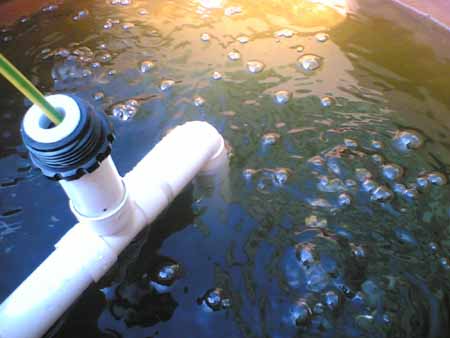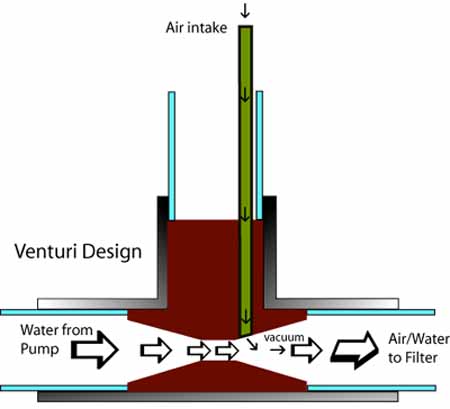Pond design to deter herons catching fish
If you are thinking of building a pond, one point you should consider is the possibility of herons catching your beautiful fish. It is heart rending to discover the remains of a young koi or even two or three small fish have mysteriously disappeared overnight from your pond. So at the design stage you should consider making your pond awkward for herons to fish at.
Many people consider a first step or shelf in the pond as essential for planting marginal plants. This first step is usually 9 to 12 inches deep, and it is precisely this sort of depth that herons like to stand in because it brings their head and beak within easy striking distance of the water.
They fly down and alight at the side of the pond, then gently step down onto the shallow shelf where they wait patiently until your fish swim lazily by, unaware of the danger, and then the heron strikes. Breakfast!
So when designing your pond:-
If you really want a shelf, make sure you occupy ALL of it with marginal plant pots to make it awkward for a heron to stand between.
Or only have a shelf for a shorter distance around the pond, and give plenty of depth for the fish to go deep around that section of the pond also.
Netting is usually the best deterrent after the pond is complete, although there are various gadgets available which some people say are effective, e.g. trip wires, water guns, infra-red detectors that make high-pitched noises to mention but a few. The trouble with these gadgets is that if they don't find work it can be an expensive and frustrating way to find out.
Alternatively a real dog or cat visible in the garden will make herons cautious of approaching, but usually a heron fishes very early in the morning before pets are out in the garden, usually shortly after dawn at around 4 to 6am.
Plastic dummy herons are also said to fool passing herons into thinking that "patch" is already occupied by another heron.
Also important is to give your fish a hiding place. If they feel something is wrong they will go deep, so give them something to use, a short section of wide diameter drain pipe, or some tall reeds to hide below, or even some kind of out-cropping or overhanging shelf (but again not something a heron could stand on).
The best defence is simply not to make it easy for the heron in the first instance!






